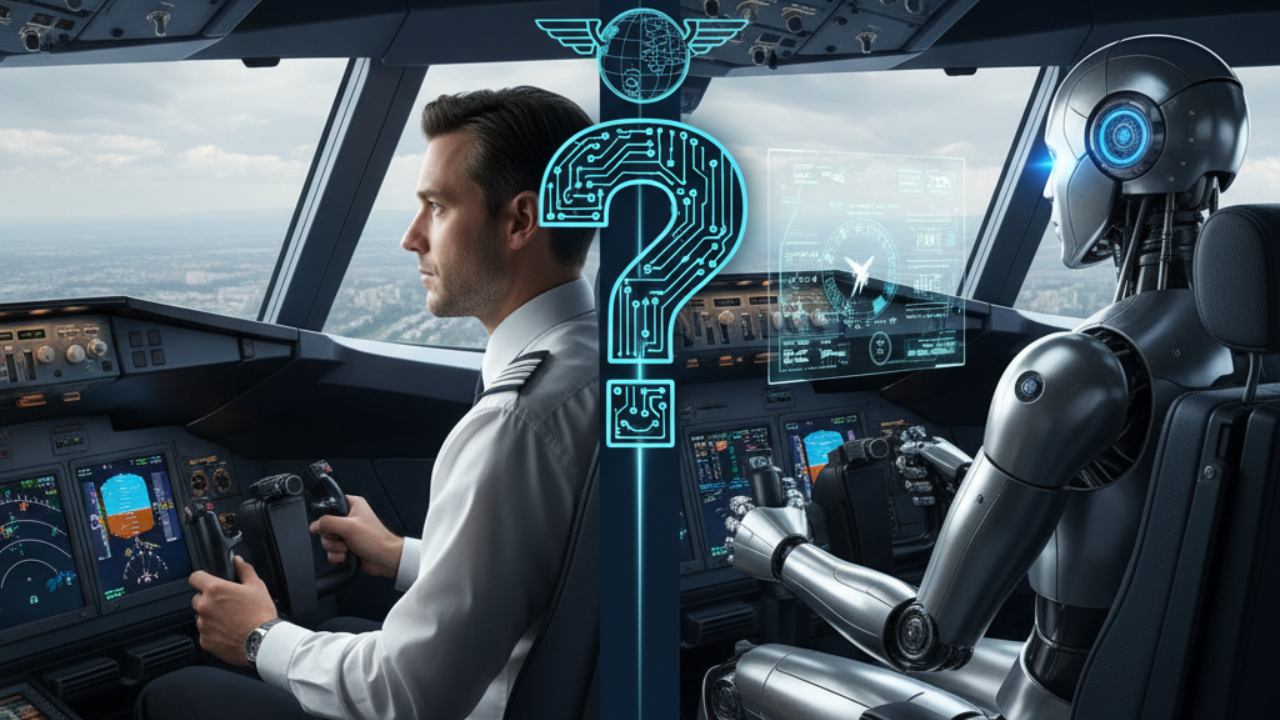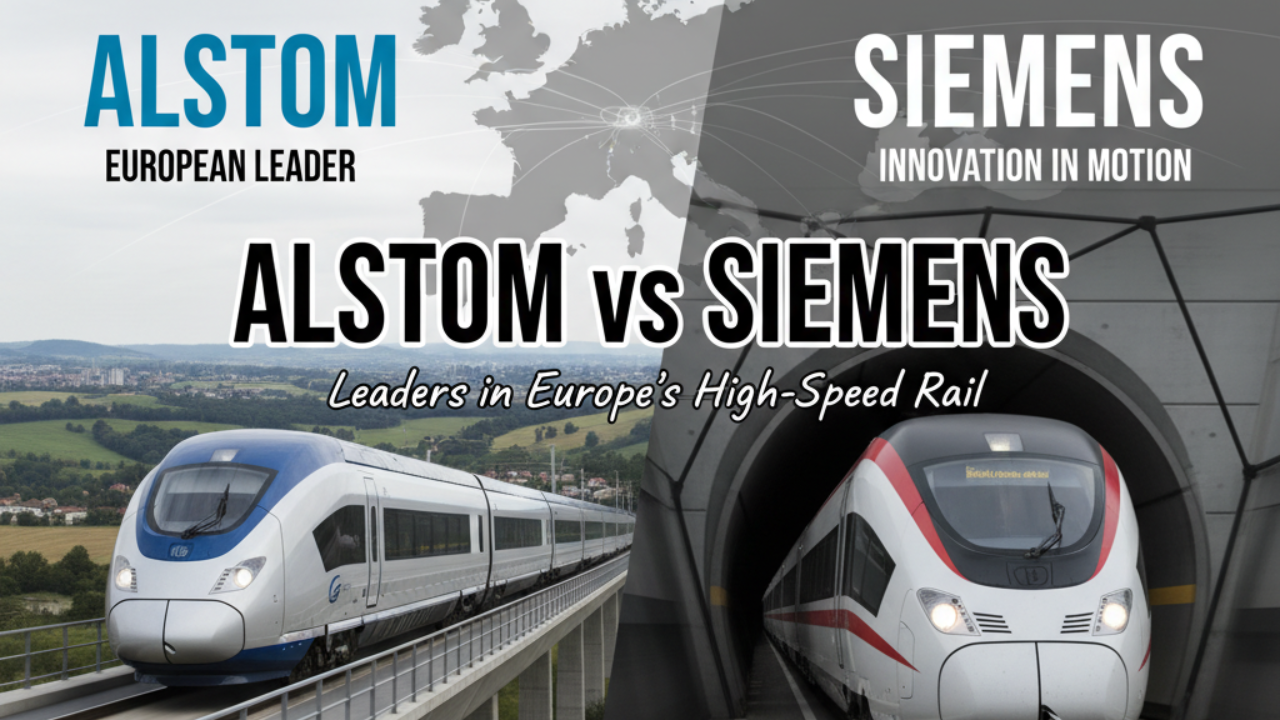
Post by : Amit
A Major Leap in Urban Autonomy
France’s Valeo, a global leader in ADAS and automotive electronics, has officially begun volume shipments of its next-generation Lidar ECU (Electronic Control Unit) modules to several key robo-shuttle providers across Europe. This marks a major milestone not just for Valeo, but for the growing ecosystem of autonomous public transportation systems looking to integrate safer, smarter, and more adaptable perception technologies.
The first batch of these advanced ECU modules has been dispatched to pilot fleets operating in Paris, Hamburg, and Helsinki. These urban hubs have become early adopters of robo-shuttle programs, with public and private partnerships racing to establish operational autonomous fleets by 2027. Valeo’s shipment signals that Europe's next wave of urban mobility is edging closer to maturity, backed by robust electronics architecture and over-the-air (OTA) upgradeability that promise longevity and adaptability in fast-changing regulatory landscapes.
The Brain Behind the Lidar Eyes
Valeo’s new ECUs serve as the processing core for high-definition Lidar sensors, orchestrating real-time scene reconstruction, object classification, and dynamic path-planning support. While Lidar sensors gather three-dimensional spatial data through laser pulses, the ECU interprets that data into meaningful representations of the environment—a fundamental capability for Level 4 autonomy.
What sets Valeo’s system apart is its unique blend of software-defined architecture and purpose-built hardware that ensures high-speed data processing without excessive power draw. According to Jean-Luc di Paola-Galloni, Vice President of Group Strategy and External Affairs at Valeo, the system supports deep-learning-based perception models while keeping latency under 20 milliseconds—a critical threshold for robo-shuttle safety and responsiveness.
These ECUs are built to support Valeo’s third-generation Scala Lidar sensors, also developed in-house. The synergy between sensor and ECU allows for native optimization of software stack layers such as SLAM (Simultaneous Localization and Mapping), point-cloud filtering, and pedestrian intent prediction. In essence, Valeo is not just offering components—it’s enabling a cohesive, scalable perception platform for urban autonomy.
OTA Capabilities Redefine Fleet Uptime
One of the standout features of Valeo’s ECU module is its full OTA (over-the-air) update functionality. This gives transit operators the power to remotely update perception algorithms, cybersecurity protocols, and even safety parameters—without taking the vehicle offline.
This feature is especially significant for municipal robo-shuttle services, which often operate under tight fleet uptime requirements and cannot afford prolonged maintenance windows. With OTA, operators can respond in real-time to software vulnerabilities or algorithmic improvements triggered by changing road conditions, legal updates, or new learnings from edge cases.
Valeo also includes secure boot and encrypted communication layers in the ECUs, aligning with UN Regulation No. 155 and ISO/SAE 21434 standards for vehicle cybersecurity.
Strategic Relevance for European Cities
The adoption of these ECUs fits neatly into the broader urban transformation plans of Europe’s mobility strategy under the Green Deal and Sustainable Urban Mobility Planning (SUMP) initiatives. Cities like Paris and Helsinki have made autonomy a cornerstone of their smart city roadmaps, not only to reduce carbon emissions but also to ease congestion and improve access in underserved areas.
Many of the European robo-shuttle programs deploying Valeo’s ECUs are publicly funded pilots, intended to validate autonomous operations in mixed traffic, pedestrian-heavy environments, and variable weather conditions. The ECUs’ scene reconstruction algorithms are optimized for such unpredictable urban dynamics, making them ideal candidates for early integration.
In fact, according to an internal EU Commission report obtained by Urban Mobility Monitor, the inclusion of high-grade perception ECUs is one of the top five technological criteria influencing grant approvals for autonomous transport projects.
Scaling Toward Full Autonomy
Valeo has been a pioneer in the ADAS and autonomy field for over a decade, and this new Lidar ECU platform represents its most aggressive push yet toward fully autonomous operations. The company revealed that the ECUs are engineered with scalability in mind—they will be compatible with higher-level autonomy modules (Level 4 and 5) as soon as regulatory and insurance frameworks allow.
“The real challenge isn’t just sensing the world but making sense of it consistently, in every type of traffic scenario and lighting condition,” said Xavier Dupont, Valeo’s Director of Autonomy Platforms. “Our ECU design reflects the belief that autonomy must be both technically robust and economically sustainable.”
This economic sustainability is bolstered by Valeo’s use of common hardware interfaces and modular software stacks. This allows shuttle makers and fleet operators to avoid costly retrofits when upgrading from pilot-phase systems to commercially licensed, full-route autonomous operations.
Industry-Wide Impact
The launch of these ECUs is expected to trigger ripple effects across the automotive supply chain. For Tier 1 integrators and OEMs, the availability of reliable, field-proven perception control units significantly reduces the complexity and timeline of developing Level 4 robo-shuttle platforms. Several mid-sized shuttle manufacturers in Europe, such as EasyMile and Navya, have either confirmed pilot integration of Valeo ECUs or are in advanced talks to license the architecture.
Meanwhile, component competitors like ZF, Bosch, and Continental will likely be watching Valeo’s ramp-up closely. While all of these companies have Lidar-related offerings, Valeo’s strategy of bundling sensors with native ECU intelligence and OTA management may set a new benchmark in urban mobility component design.
Market analysts at Frost & Sullivan noted in their Q3 report that “Valeo’s integrated Lidar ECU platform addresses two of the most persistent challenges in autonomous transit: data latency and cost of scaling perception systems. This release is a key inflection point.”
What Next?
Valeo is expected to ship over 30,000 Lidar ECU units over the next 18 months, with bulk of the volumes destined for Europe, but exploratory deals already under discussion in Singapore, South Korea, and the United Arab Emirates. These early export dialogues suggest that Valeo sees this platform as a global play—not just a European niche.
The company is also rumored to be working on a fourth-generation Lidar-ECU platform with built-in AI accelerators and vision fusion capabilities, potentially positioning it as a supplier for future robotaxi initiatives as well.
A Pivotal Role in the Mobility Ecosystem
As cities race to deploy scalable, emission-free transport options, suppliers like Valeo are emerging as central enablers of next-generation infrastructure. Their ECU modules don’t just move data—they enable perception, decision-making, and ultimately, trust in autonomy.
By providing both the intelligence and flexibility necessary to power autonomous shuttle fleets, Valeo is carving out a leadership role not only in components but in the digital nervous system of urban transport.
If Europe’s robo-shuttle future is to be safe, scalable, and sustainable, it will need a brain that evolves with the world it moves through. With its Lidar ECU platform, Valeo is offering exactly that.
Europe, France, Valeo Ships,










Bengaluru-Mumbai Superfast Train Approved After 30-Year Wait
Railways approves new superfast train connecting Bengaluru and Mumbai, ending a 30-year demand, easi

Canada Post Workers Strike Halts Nationwide Mail and Parcel Services
Canada Post halts operations as CUPW strike disrupts mail and parcel delivery nationwide amid disput

PM Modi Launches BSNL ‘Swadeshi’ 4G Network, 97,500 Towers Built
India enters global telecom league as PM Modi inaugurates BSNL’s indigenous 4G, connecting 26,700 vi

India’s Iconic MiG‑21 Takes Final Flight After Six Decades of Service
After 60 years India retires its MiG‑21 fighter jet, a legendary yet controversial warplane marking

Hindustan Zinc unveils AI hotspot monitoring at Debari smelter
Hindustan Zinc launches AI-powered Switchyard Hotspot Monitoring at Debari smelter to cut outages bo

Chinese experts worked inside sanctioned Russian drone plant
Chinese drone specialists visited IEMZ Kupol supplying parts and drones via intermediaries, deepenin